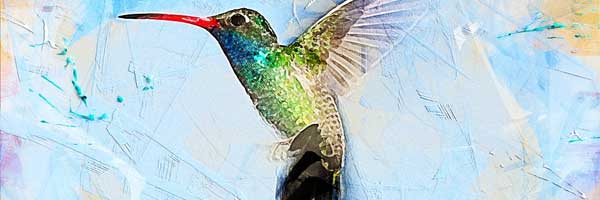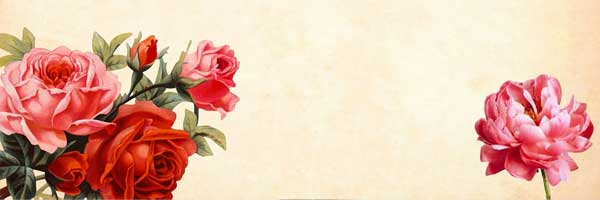In these stressful times we are living in, depression is becoming more and more serious throughout the world. The increase in depression is affecting human development and social progress in society. When we look at difficult times affecting the world, such as pandemics, it’s important to keep an eye out for anyone suffering from depression.
The treatment that is usually suggested for depression is a medication which is usually a mainstream antidepressant, which is prone to side effects. Research has shown that longtime treatment with antidepressants is not very effective,
Now in most western countries, it is believed that certain art methods are the best way to treat and cure depression. Music, dancing, and painting are seen as great methods in dealing with depression.

Flower and bird painting is now very popular in Chinese culture and has been favored greatly in China and now starting to reach the rest of the world. Looking at a person’s overall health, stress can have a major negative effect on the overall wellbeing of humans.
With recent studies, it’s proven that the practice of flower and bird paintings can bring lasting euphoria as well as physical wellness. This creates a positive attitude among chronically depressed individuals.
In Hangzhou Seventh People’s Hospital, a total of 110 people with depression was treated for more than 2 years. All the subjects had to use conventional antidepressants, suggested by their physicians. They started applying art therapy once per week and it started showing good results.

With the beginning stages, subjects had to use traditional Chinese materials to practice the flower and bird paintings, by recreating known Chinese pieces of art. Eventually, the subjects started to create their own pieces by themselves. Later on, they were encouraged to use natural plants in their drawings to help display their feelings.
Three trained psychiatrists gave scores to the paintings and all were assessed before the end of treatment. It was found that with the paintings, tension, hesitation, and impatience were reflected in the works as well as in the progressions.
